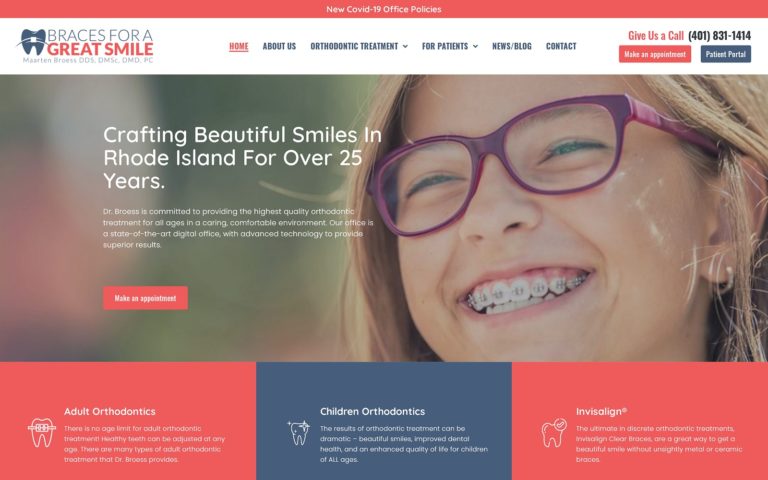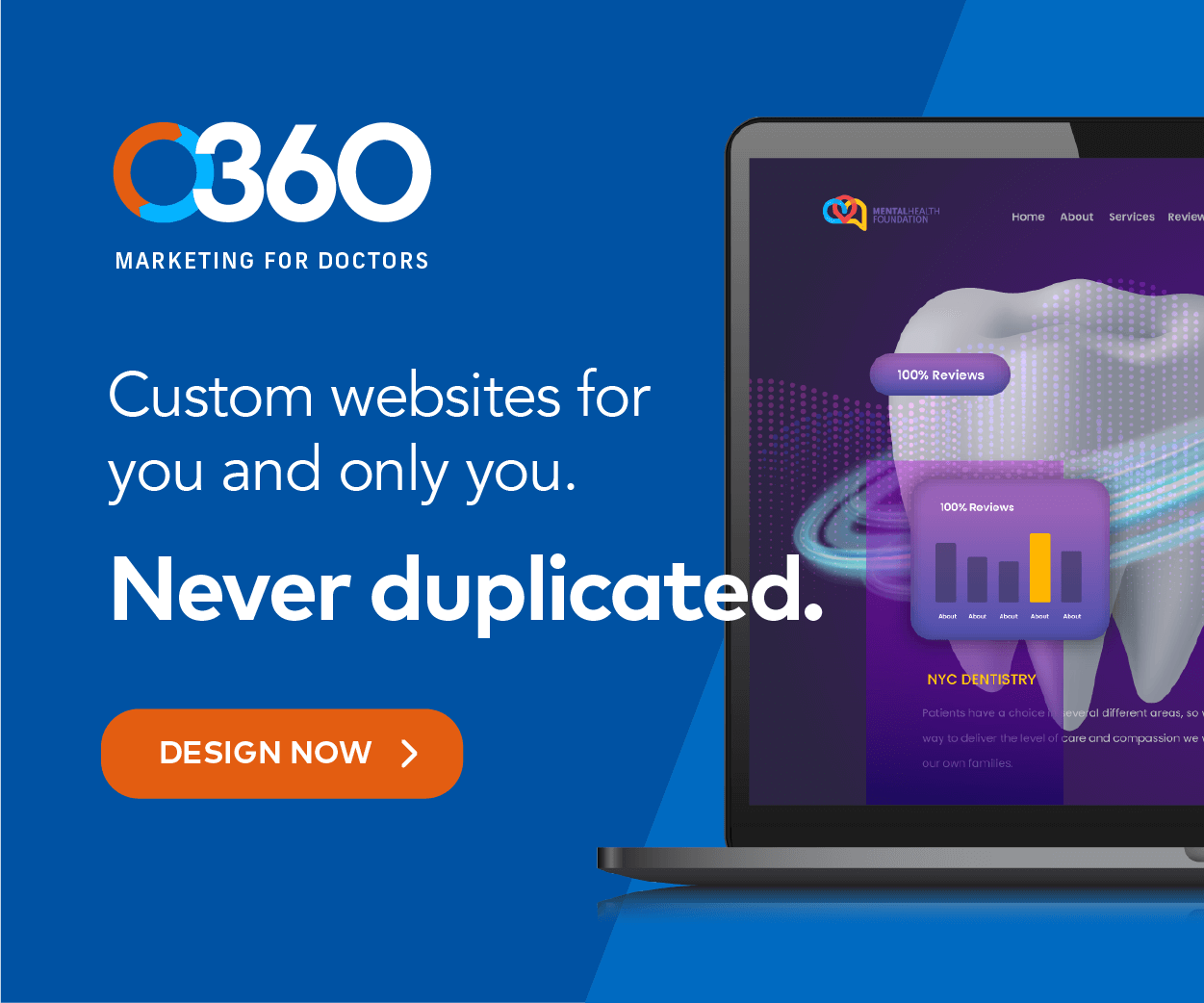In a world where so many of our interactions with loved ones are digital, funeral home websites have an important role in their customers’ lives. They are sought out during one of the most visceral and real moments of their lives, the loss of a loved one. Those seeking funerary services are often devastated by their loss and overwhelmed by everything that’s involved with handling these final concerns. Funeral Home website design requires expertise in conveying information with compassion and understanding. We’ll explore some of the ways funeral home owners can provide this experience for their website visitors.
Exploring Thoughtful Funeral Home Website Design
Your funeral home website serves as a touchstone for those seeking funerary services. They must provide essential services, vital information, and a touchstone for support during these difficult times. Every aspect of the design must remember the deep need for empathy its visitors are experiencing. Grief is powerful and can make otherwise simple tasks seem exhausting and overwhelming. The funeral home website design must reflect the compassionate care its clients will receive in person.
How Thoughtful Website Design is Essential for Funeral Homes
It’s important to remember that over 70% of all funeral home website visits occur from mobile devices. In addition, over 85% of people visit a business’s website before reaching out to them. This means a focus on respecting their departed loved ones and approaching their internment with dignity. Developing an intuitive, thoughtful site begins building trust and confidence from the first visit. We’ve compiled a list of key components to create this experience for your site visitors.
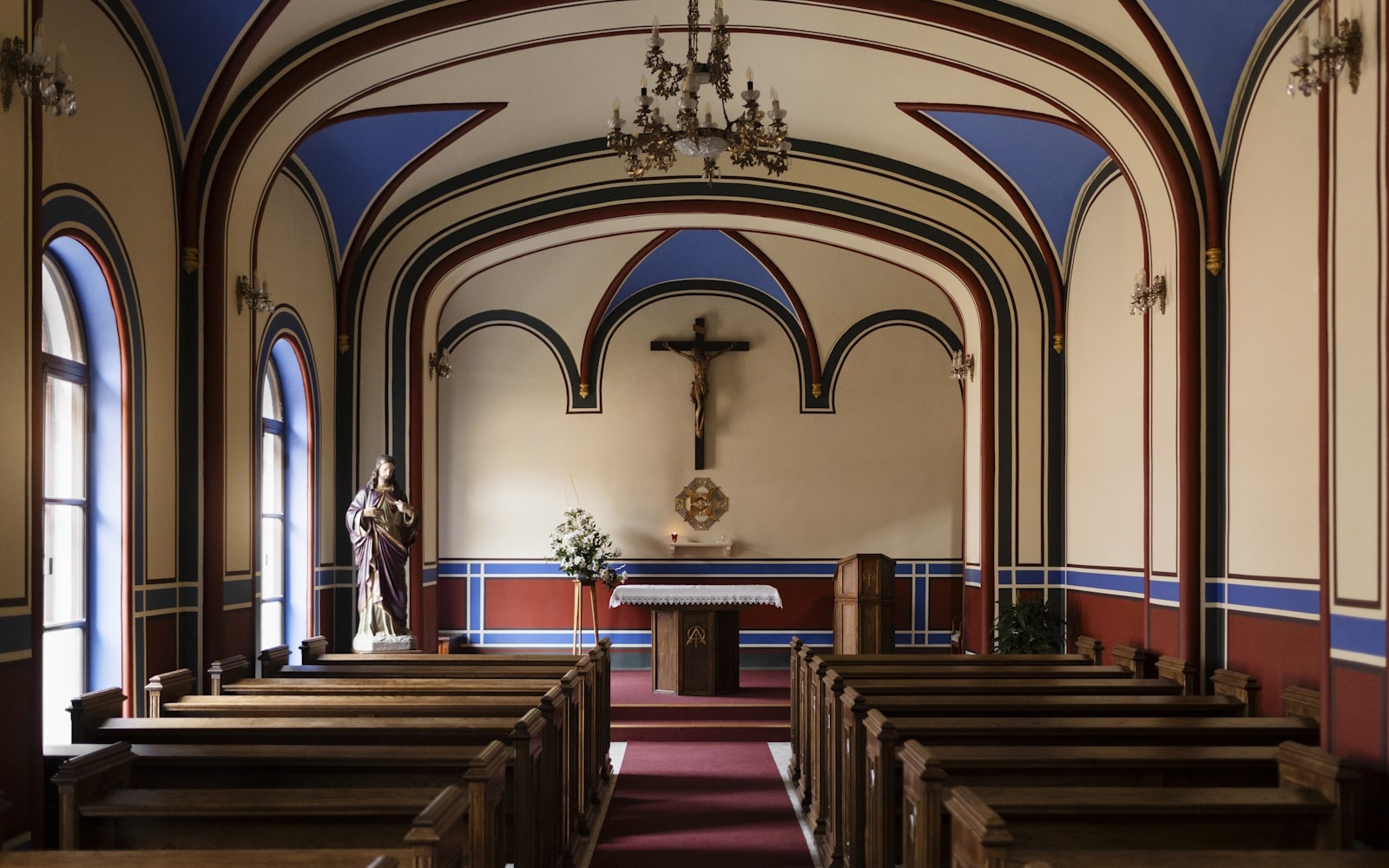
Visual Design and Imagery
The first impression your visitors will have of your site will not be the written content. Instead, it will be the visual elements, including layout, image selection, and color choices. This critical moment is your opportunity to set the stage for all interactions. Soft, neutral tones help ease concerns, while high-quality images best showcase your staff and services. Other considerations regarding the visual aspect of your design include the following:
- Use soft, neutral colors to convey serenity.
- Include high-quality images of facilities and staff.
- Avoid overly bright or stark visuals.
- Use consistent branding to reinforce your identity.
- Feature nature-inspired visuals, such as trees, flowers, or serene landscapes, to symbolize peace and reflection.
By setting the appropriate tone with the visual aspect of your funeral home website, you influence how the written content will be received. Expert funeral home website design teams will know how to leverage these elements to ease your visitors immediately.
Compassionate Messaging and Tone
The language you use to present information and communicate with your website visitors is essential to setting the tone of their experience. Compassionate messaging starts by balancing elements of compassion, warmth, and welcome in the wording of your site. The language must acknowledge the occasion’s somberness without adding to it or being grim. It must be encouraging without trite and respectful of the faith and belief system of any who visit your site. Achieving this balance is arguably more important for funeral homes than any other industry.
Suggestions for Messaging:
- Use inclusive language to make all visitors feel welcome.
- Highlight your commitment to helping families in need.
- Avoid overly formal or impersonal language.
- Incorporate testimonials or quotes from satisfied clients to reinforce trust.
- Include gentle calls to action like “We’re here to help” or “Contact us anytime for support.”
Your funeral home website’s written content is one of your first contacts with visitors. Through it, you will paint a picture of their experience working with you. You want to make sure this first conversation lays the foundations for a positive relationship moving forward.
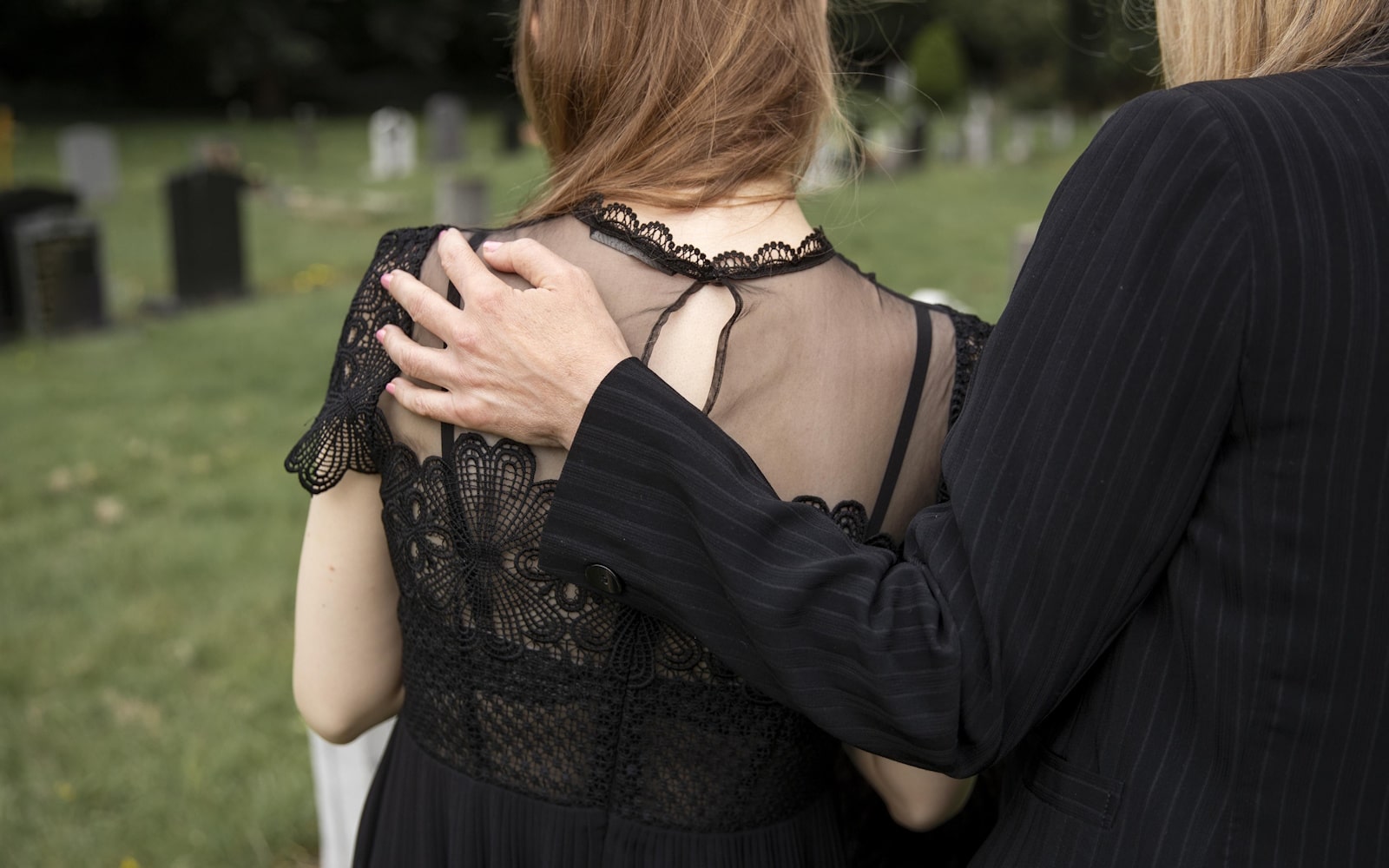
Clear and Intuitive Navigation
It’s hard enough to experience the loss of a loved one and learn what’s involved with taking care of their final concerns. Grief can cloud the mind and make simple things seem incredibly difficult. Thoughtful funeral home website design can ensure that information isn’t made harder by being difficult to find. Start by implementing navigation processes that make finding the information they need easy and connecting with your staff without friction.
- Use simple, clear menu titles such as “Services,” “Obituaries,” and “Planning Resources.”
- Inclusion of a search bar to aid users in finding specific content.
- Ensure all essential pages are accessible within one or two clicks.
- Avoid overloading menus with too many options.
- Organize content logically, grouping related pages under broad categories like “Resources” or “Our Services.”
Considering these elements will help create a smooth navigation experience, which can help make their visit more comfortable. During such an uncertain time, a simple thing as easily finding the information they need can ease worry.
Responsive Design
Ensuring your funeral home website can adapt to different browsers and viewing platforms ensures you deliver the most comfortable experience. Those working through the difficult process of planning their loved ones’ internment often seek places of comfort to do so. Even with access to a desktop or laptop, they may find themselves curled up with their phone, seeking physical comfort even as their heart hurts. Responsive design ensures that your funeral home website can meet them in their preferred way of managing these moments.
Features of Responsive Design:
- Layouts that adapt to different screen sizes.
- Readable fonts and properly sized buttons for easy navigation on mobile devices.
- Fast-loading pages to reduce frustration.
- Compatibility with assistive technologies to accommodate users with disabilities.
Each of these elements helps create a fluid experience for any browsing platform. When your website can adapt to these different conditions, it aids your visitors in finding the information they need. Perhaps more importantly, it ensures they can do it in any way that makes them comfortable.
Comprehensive Service Information
There’s enough uncertainty involved in planning your loved one’s burial; the details of the services you provide shouldn’t add to it. Your funeral home website approach to providing service information should include a comprehensive outline and explanation of your services. Key Service Pages:
- Funeral Planning: Include step-by-step guides.
- Pre-Planning: Explain benefits and options.
- Cremation Services: Offer details and FAQs.
- Aftercare Resources: Provide grief support and counseling referrals.
- Memorial Products: Showcase options like urns, keepsakes, and personalized memorials.
While it’s tempting to leave the pricing ambiguous until they call you, this only makes their next step more difficult. By providing a clear range of prices for the services you provide and all the elements involved, you help them avoid embarrassment. Calling for services only to find out you can’t afford to bury your loved one properly can be crushing. Setting expectations ahead of time avoids inflicting this upon your visitors.
Interactive Tools and Resources
One important approach for a funeral home website is ensuring visitors can accomplish as much as possible through your site. The more they can do through your site, the easier their overall experience will be. Further, they will likely return to you or refer others to you when needed. Your visitor’s most important goal is to put the event planning behind them so they can begin to grieve their loved one’s passing properly.
- Online Obituary Listings: Allow families to share tributes and memories.
- Planning Forms: Offer downloadable or online submission forms.
- Cost Calculators: Provide transparency about expenses.
- Event Scheduling: Enable online booking for consultations or services.
These are some examples of the tools you can provide on your site to aid them in their selections. You can also give virtual tours of your facility, and 3D-rotatable viewing options for your coffins, urns, etc.
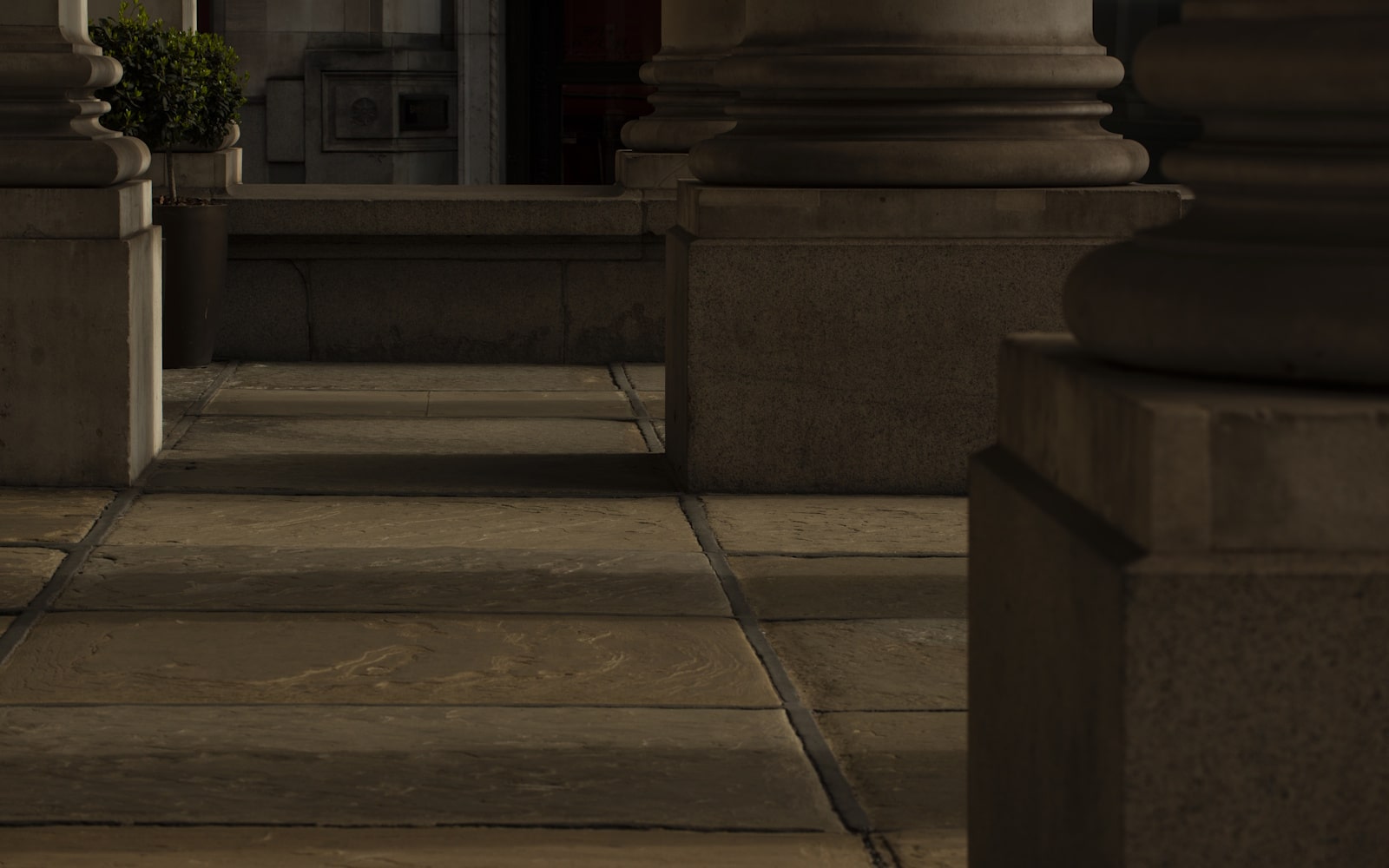
Supportive Resources
An important approach that Funeral Home website design can take is providing a full-service experience. You can ease their struggle by providing resources such as support groups for grief, mental health providers, and other systems.
- Grief Support Articles: Offer advice on coping with loss.
- Community Event Listings: Promote local events focused on healing and support.
- Links to Counseling Services: Connect visitors to mental health professionals.
- Downloadable Checklists: Provide tools for funeral planning and estate management.
These extra steps help build confidence and trust in your facility and promote the idea that you are a community partner rather than merely doing business there. This perspective is important for your visitors and clients, as it builds connections with those who make up the community you serve.
Accessibility Features
One struggle those planning funerary services can face is websites that don’t provide accessibility options. In addition to being required by the ADA, accessibility options help you show compassion and understanding for your clients. Some of the important features you can provide that improve accessibility include:
- Image Alt-text to assist screen readers.
- Keyboard navigation support.
- High-contrast mode for visually impaired users.
- Captions for video content.
- Ensure your website meets WCAG (Web Content Accessibility Guidelines) standards.
Implementing these features in your website design ensures you support diverse visitors and potential clients.
Empathy and Compassion Through Expert Funeral Website Design
The team at Optimized 360 is recognized for developing exceptional healthcare websites tailored to the needs of their clients. We understand that your website is more than the face of your business. It’s important to provide care and support them in their hardest times. Contact us today to experience the difference between compassionate Funeral Home Website design with Optimized 360.




